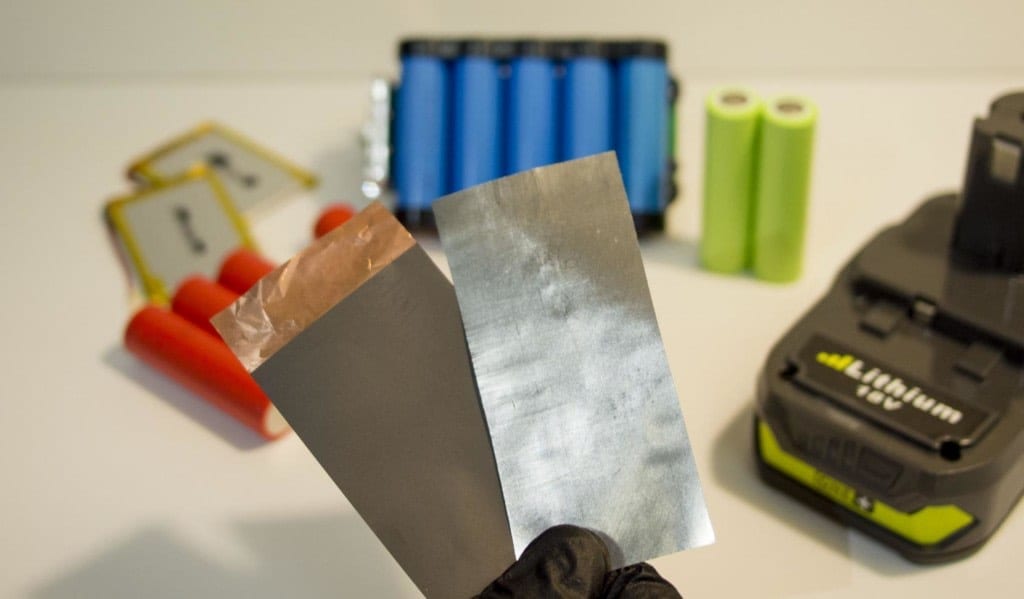
A major drawback to 3-D printing – the slow pace of the work – could be alleviated through a software algorithm developed at the University of Michigan.
The algorithm allows printers to deliver high-quality results at speeds up to two times faster than those in common use, with no added hardware costs.
One of the challenges for today’s 3-D printers lies in vibrations caused as they work. A printer’s movable parts, particularly in lightweight desktop models, cause vibrations that reduce the quality of the item being produced. And the faster the machine moves, the more vibrations are created.
“Armed with knowledge of the printer’s dynamic behavior, the program anticipates when the printer may vibrate excessively and adjusts its motions accordingly,” said Chinedum Okwudire, an associate professor of mechanical engineering who directs U-M’s Smart and Sustainable Automation Research Lab.
To ensure details are reproduced accurately, the machines are operated slowly. And the pace of 3-D printing is one of the factors that has prevented the technology finding a broader audience.
Armed with knowledge of the printer’s dynamic behavior, the program anticipates when the printer may vibrate excessively and adjusts its motions accordingly.
-Chinedum Okwudire
Okwudire cited statements made last year by one 3-D printing company executive about the issues holding the industry back.
“We’re just waiting for the next evolution of the technology,” Simon Shen, CEO of XYZPrinting, told TechCrunch last year. “If they can do it much faster, more precise and easier, that will bring more people to 3-D printers. Not waiting for four to six hours for a print, but 40 to 60 minutes.”
In explaining how his algorithm works, he uses the example of someone trying to deliver a speech in a large hall. To reach ears in the farthest rows, that speaker will have to shout.
Should someone produce a megaphone, and the speaker still continues to shout, their voice will be overly amplified and cause the audience to squirm. Using the megaphone in a normal voice, however, produces the right clarity and volume.
“Our software is like that person who realizes their voice is going to be overly amplified,” Okwudire said. “It acts preemptively because it knows that the behavior of the printer is going to be ahead of time.
“Eventually, one of the places we would want to see the algorithm applied is in the firmware – the software that runs on the printer itself,” he said. “That way, it will be integrated with the printers, regardless of the size.”
Okwudire said his software can also be used on a variety of industrial-grade machines which suffer from similar limitations due to vibrations.
Learn more: 3D-printing gets a turbo boost from U-M technology
The Latest on: 3D printing speed
[google_news title=”” keyword=”3D printing speed” num_posts=”10″ blurb_length=”0″ show_thumb=”left”]- 3D Printing in Biomedical Sensing Technologyon May 2, 2024 at 4:01 am
By Taha Khan May 2 2024 Reviewed by Lexie Corner Three-dimensional (3D) printing is a type of additive manufacturing that constructs three-dimensional objects layer by layer from a digital model. This ...
- Researchers develop new 3D printing for ultra-thin multi-material tubular structureson April 30, 2024 at 9:43 am
A novel 3D printing technology developed by Beihang University researchers was able to print multi-material tubular structures with a minimum wall thickness as thin as 50 micrometers and a minimum ...
- Infographic: The Role of 3D Printing in Sports and the Olympicson April 30, 2024 at 9:00 am
In this latest infographic, we take a closer look at the role of 3D printing in sports and especially in the Olympics.
- Best 3D printer deals: Start printing at home for $159on April 30, 2024 at 4:33 am
Stepping back from one of today’s favored 3D printers to take a look ... which allows for different printing modes depending on your aim, speed or accuracy of the print. It’s a minor point ...
- UMaine Unveils World’s Largest 3D Printer With ‘Factory Of The Future 1.0’on April 29, 2024 at 9:00 am
The University of Maine unveiled the world's largest 3D printer, the FoF 1.0, to help tackle the state's housing shortage.
- Affordable starter home is 3D-printed in just 18 hourson April 25, 2024 at 6:31 am
One of the most exciting possibilities of 3D-printed architecture is that it could revolutionize affordable housing. Portugal's Havelar shows this may soon be within reach with its inaugural ...
- 3D printing fuels growth and innovation for Airframe Designson April 24, 2024 at 1:47 am
UK provider of Stratasys 3D printers, Tri-Tech 3D, has supplied aerospace design and manufacturing business Airframe Designs with two Fortus 450mc systems.
- UltiMaker Launches Factor 4, a New Standard in Industrial-Grade 3D Printingon April 22, 2024 at 12:40 am
UltiMaker Factor 4 is the company's latest flagship solution to support light industrial applications ...
- 3D-Printed Molds Speed New Unilever Bottle Designs to Marketon April 19, 2024 at 12:20 pm
For Unilever, bottles that are stretch blow molded with a 3D printed tool are nearly indistinguishable from the final product produced through traditional metal tooling processes, and get product to ...
- Modix Releases High Capacity Griffin Ultra Extruder for More 3D Printerson April 19, 2024 at 8:47 am
Modix continues its quest to optimize large-format FFF 3D printing with their new toolhead, the Griffin Ultra.
via Google News and Bing News









